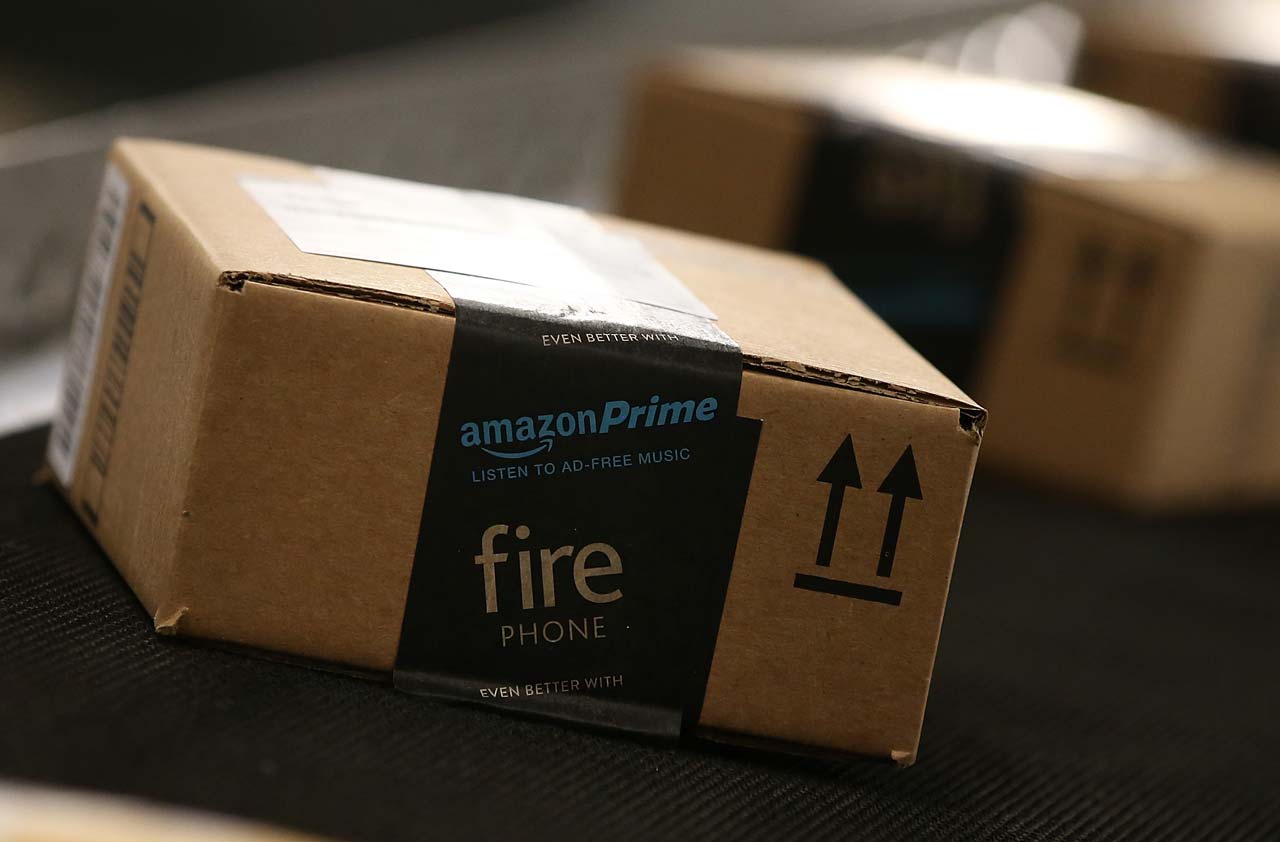A Fresh Look at Extended Warranties
Your tech toys are pricey and precious. What can you do to protect them?
These days we take our tablets, e-readers and smart phones with us everywhere. That means our gadgets are more liable to be damaged, lost or stolen. Is it time to rethink buying extended warranties, long thought to benefit retailers at the expense of consumers? We recently surveyed protection packages peddled at the point of purchase to see what they offer.
Pricey plans. Retailers’ extended warranties and service contracts are often expensive. Take Staples’ tablet-protection plan. When you buy the iPad-like Samsung Galaxy Tab 10.1 for $500 and add Staples’ optional two-year service plan, which covers accidental damage from spills and drops, you’ll pay an extra $240—nearly half the cost of the tablet itself.
Similarly, Sprint offers the Assurant Advanced Protection Pack, which covers repair or replacement of a tablet, laptop, or netbook that has a mechanical or electrical breakdown, is accidentally damaged, or is lost or stolen. It costs $13 a month, or $156 a year. Pricey, yes, and its gets uglier: There’s a $100 deductible on claims for loss, theft and accidental damage.

Sign up for Kiplinger’s Free E-Newsletters
Profit and prosper with the best of expert advice on investing, taxes, retirement, personal finance and more - straight to your e-mail.
Profit and prosper with the best of expert advice - straight to your e-mail.
Overlapping coverage. Be wary of warranties that don’t cover your equipment for as long as advertised. For example, the Dell Inspiron 15R 2nd Gen laptop ($600) comes with one year of service. For an extra $119, Dell’s Three-Year Good Service Package extends the plan for an additional two years—you’re really buying two, not three, years of coverage because the first year is free.
Many retailers offer service plans that pick up where the manufacturer’s warranty ends. For example, the Wal-Mart Product Protection Plan, which costs $65 for TVs priced from $500 to $1,000, adds two years of coverage, including in-home repair. The retailer also offers a $99, two-year “Drop, Spill, and Broken Screen Protection Plan” with no deductible for iPads, tablet computers and e-readers.
Those are actually decent deals, as these plans go. But before you sign up, see whether you can get coverage free. Some retailers and credit card companies provide extended coverage at no extra charge. Costco, for instance, adds a second year to the manufacturer’s one-year warranty on TVs, computers and projectors. Gold and platinum MasterCards, Visa Signature cards and American Express cards all extend the manufacturer’s warranty by up to one year when you buy items with the cards. American Express cards and Citi’s new ThankYou Premier card will pay to repair broken items or replace lost purchases within 90 days—up to $1,000 per claim (the $450-per-year Platinum card has a limit of $10,000).
Devil in the details. Read the fine print carefully. The AppleCare Protection Plan for the iPad ($79) and the iPhone ($69) extends Apple’s standard one year of repair or replacement coverage, plus 90 days of phone support, to two years. However, the plan doesn’t cover damage caused by accidents. Nor will it replace a lost or stolen device.
Some service contracts that seem affordable and comprehensive provide coverage you may not need. The Costco SquareTrade plan, which costs just $30 for TVs under $500, extends coverage for mechanical and electrical failures for the third through the fifth years of ownership.
But a TV lemon generally turns sour right away. Says Jack Gillis, director of public affairs for the Consumer Federation of America: “Stick the cost of extended service contracts under your mattress, and save it for the next version of that product you want to buy.”
Get Kiplinger Today newsletter — free
Profit and prosper with the best of Kiplinger's advice on investing, taxes, retirement, personal finance and much more. Delivered daily. Enter your email in the box and click Sign Me Up.
-
 Easing the Challenges of Caring for Aging Parents
Easing the Challenges of Caring for Aging ParentsHere are some strategies that can help reduce the effort and stress involved.
By Mario Hernandez
-
 How to Access Private Markets with Interval Funds
How to Access Private Markets with Interval FundsLet's explore how interval funds work — and how they're opening the doors to private market investing.
By Nicholas Pope
-
 Roth IRA Contribution Limits for 2025
Roth IRA Contribution Limits for 2025Roth IRAs Roth IRA contribution limits have gone up. Here's what you need to know.
By Jackie Stewart
-
 Four Tips for Renting Out Your Home on Airbnb
Four Tips for Renting Out Your Home on Airbnbreal estate Here's what you should know before listing your home on Airbnb.
By Miriam Cross
-
 Five Ways to a Cheap Last-Minute Vacation
Five Ways to a Cheap Last-Minute VacationTravel It is possible to pull off a cheap last-minute vacation. Here are some tips to make it happen.
By Vaishali Varu
-
 How to Figure Out How Much Life Insurance You Need
How to Figure Out How Much Life Insurance You Needinsurance Instead of relying on rules of thumb, you’re better off taking a systematic approach to figuring your life insurance needs.
By Kimberly Lankford
-
 Five Reasons You Shouldn't Shop on Amazon Prime Day
Five Reasons You Shouldn't Shop on Amazon Prime DaySmart Buying Think twice before getting lured into buying a bunch of stuff you don't need just because it's on sale.
By Andrea Browne Taylor
-
 Amazon Big Deal Days Is Coming! We’ve Got All the Details
Amazon Big Deal Days Is Coming! We’ve Got All the DetailsAmazon Prime To kick off the holiday season with a bang, Amazon Big Deal Days runs Tuesday, October 8 and Wednesday, October 9.
By Bob Niedt
-
 How to Shop for Life Insurance in 3 Easy Steps
How to Shop for Life Insurance in 3 Easy Stepsinsurance Shopping for life insurance? You may be able to estimate how much you need online, but that's just the start of your search.
By Kaitlin Pitsker
-
 Five Ways to Shop for a Low Mortgage Rate
Five Ways to Shop for a Low Mortgage RateBecoming a Homeowner Mortgage rates are high this year, but you can still find an affordable loan with these tips.
By Daniel Bortz